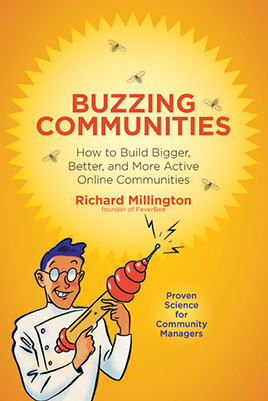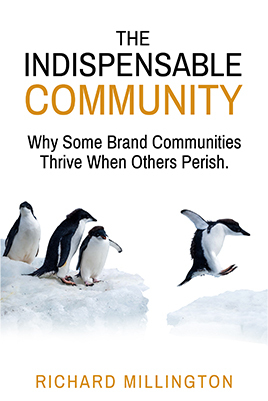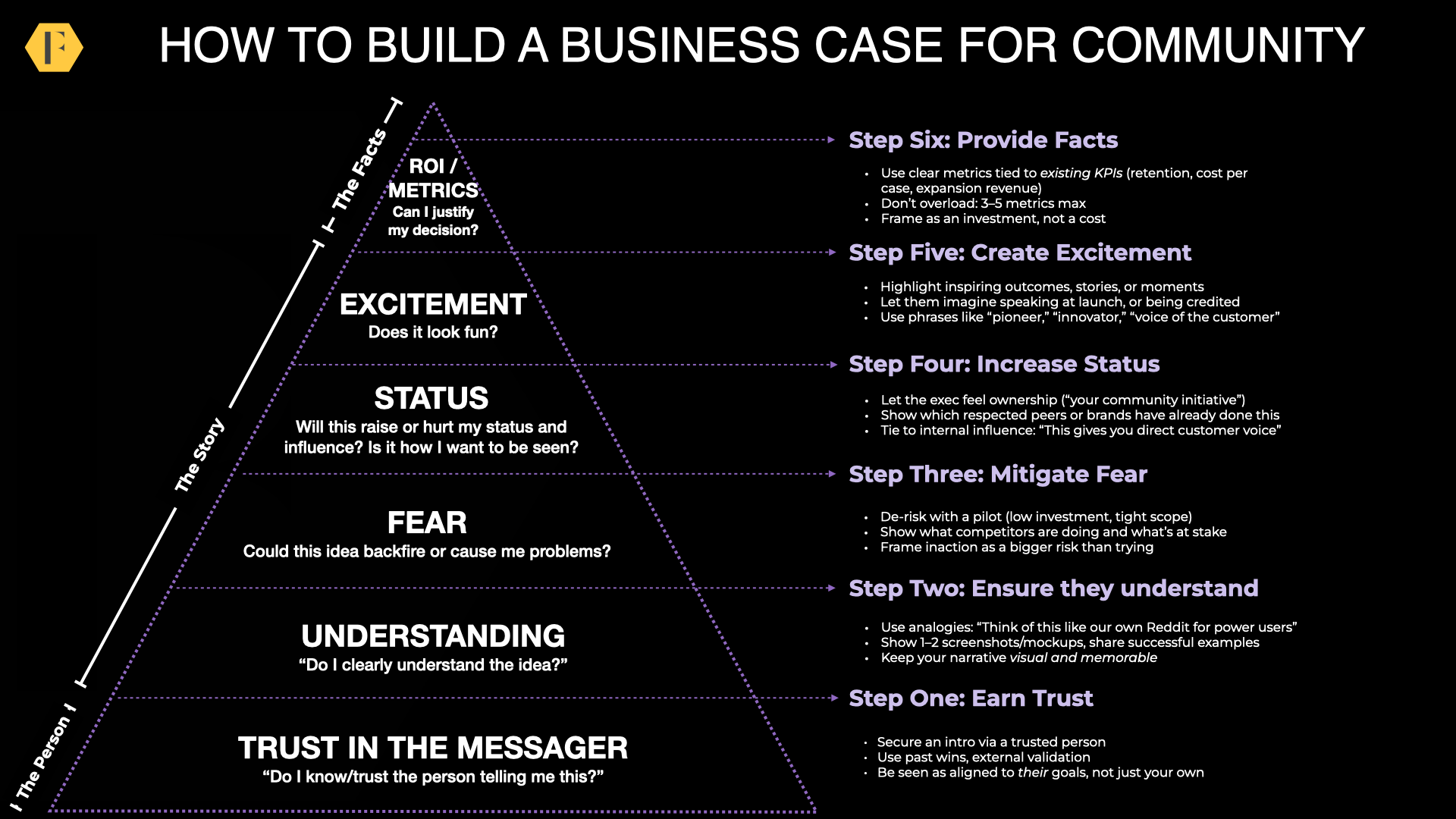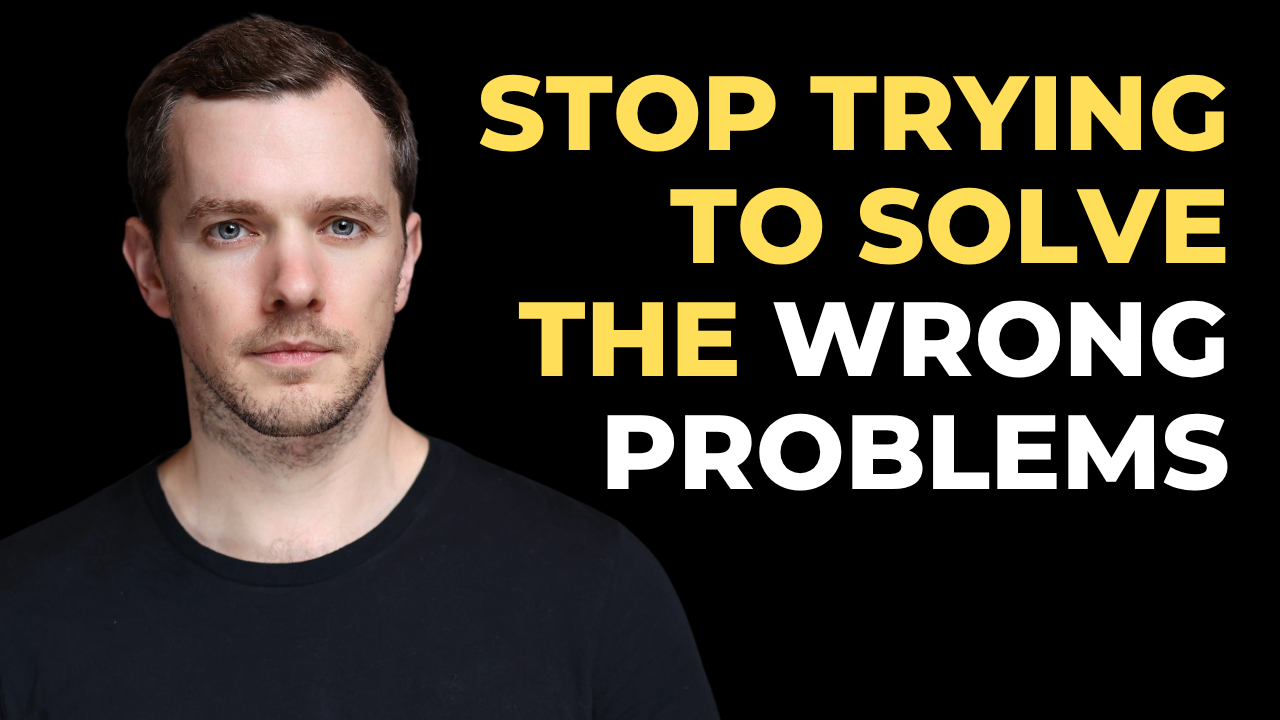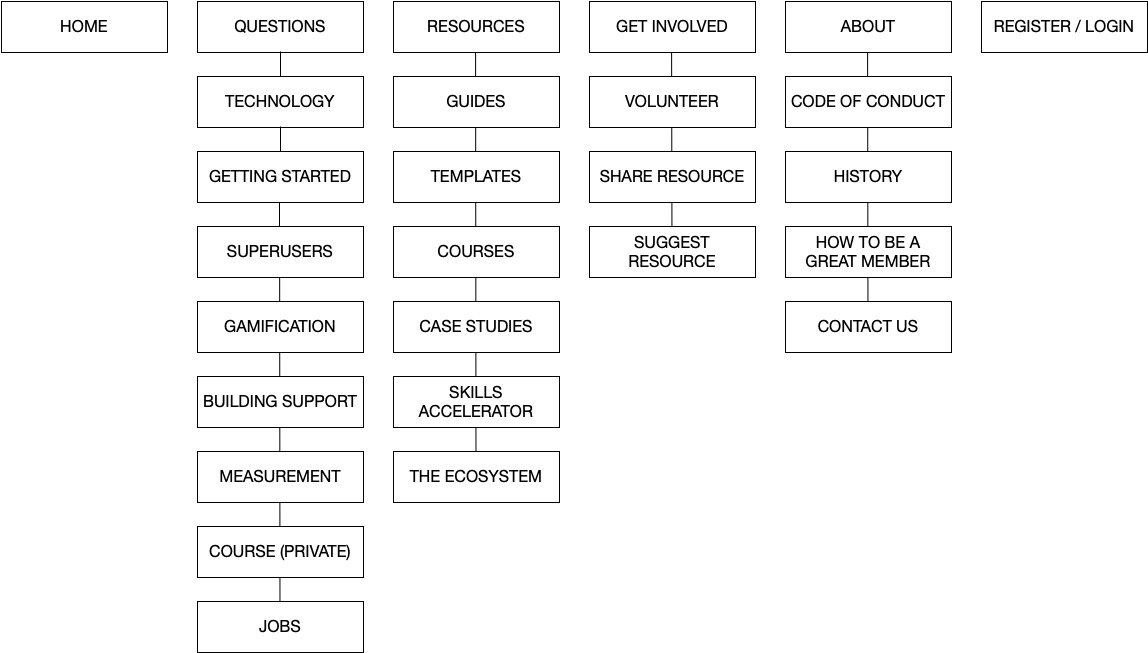We’ve probably done a few dozen community redesign projects at this point (and witnessed hundreds more).
You can see our work with Sephora here.
The success of a redesign is far less about the actual design of the site than its structure.
If you get the sitemap and wireframe right, everything else fits into place quite quickly.
When things go wrong, it’s usually because:
a) The sitemap/wireframe isn’t based upon good audience research (i.e. you’re not prioritising key features by member need). This happens most often when people try to copy another site.
b) The sitemaps/wireframes aren’t approved by the right people internally. You never want the web designs to be complete only for a senior exec to ask to move a key feature from one area to another.
This is why it’s important to bring the big decisions forward by creating a sitemap and wireframe as quickly as possible. Make sure each is signed off by everyone internally before moving ahead with the actual design.
The Sitemap
The sitemap should be organised by member need with priority given to the areas members are most likely to visit. Use terminology in the menu options which reflect the language members would use too.
For example, ‘questions’ is often a better term than ‘forum’. Categories should appear by popularity (not alphabetically).
You can see a simple example from the coming FeverBee Experts redesign below.
The Wireframe
Once you have agreed on the structure, you can begin wireframing the different pages involved.
You typically need to wireframe a homepage, unique category pages, and a standard page or two for displaying any other information. In larger communities you might need to design many more.
You can see a typical homepage example below.
At this stage you need to check what you have planned is something your community vendor enables you to actually do.
Again, every page should be targeted to the audience that’s likely to visit that page and their intent at the time. Some pages will have very different audiences. Prioritise the key features.
In the above example, if we assume the majority of people to visit the community are searching for answers to problems, putting the search at the top makes a lot of sense. But this might not be ideal for every community.
Once again, get the wireframes approved before you move on to the design phase. It sounds obvious, but then you would be surprised.
